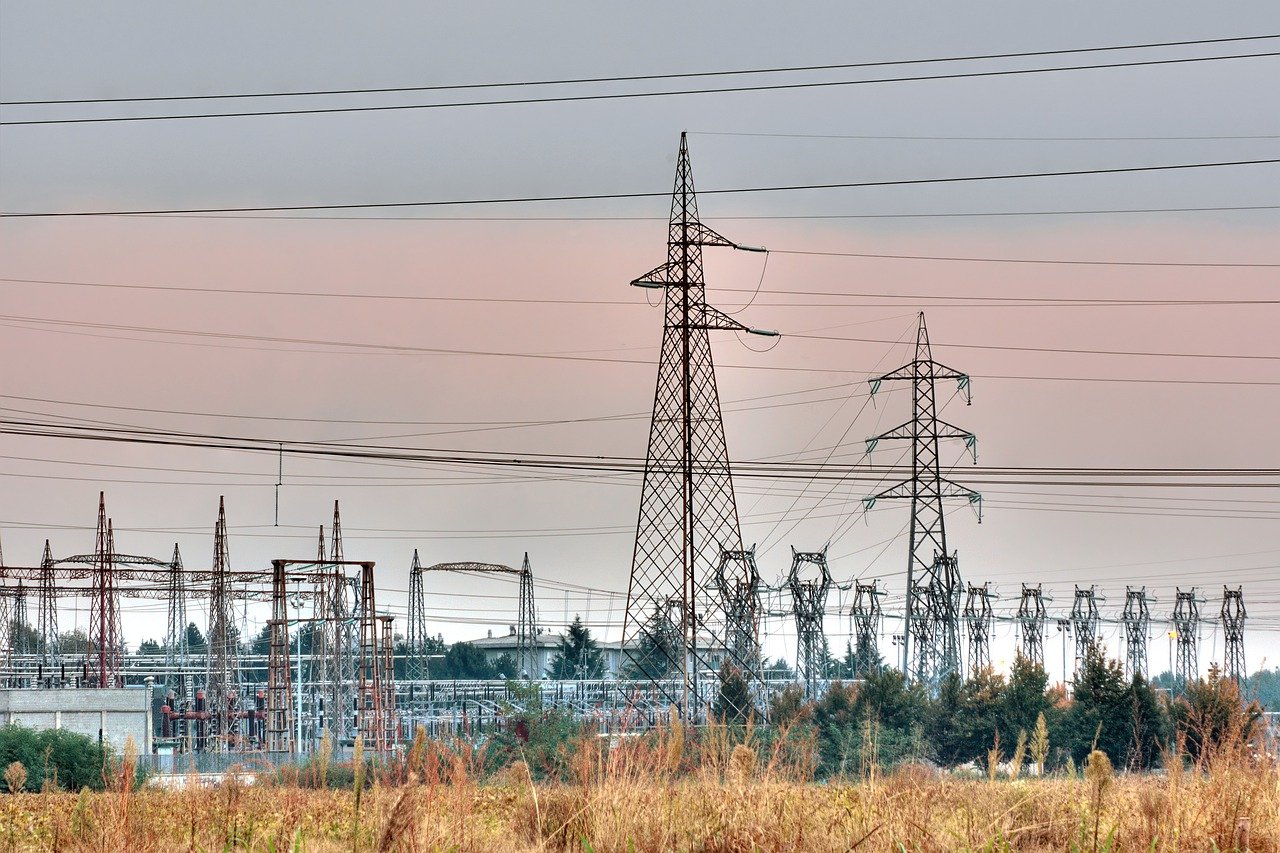As the global drive towards renewable energy sources intensifies, the need for more efficient energy distribution networks has become imperative. Energy management is shifting towards intelligent systems powered by algorithms and machine learning. This article delves into how AI can contribute to creating more efficient energy distribution networks, optimizing power consumption, and unlocking the full potential of the renewable sector.
The Role of AI in Power Consumption and Demand Management
The realm of power consumption and demand management is where AI truly shines. By learning consumption patterns and predicting demand, AI can provide valuable insights to energy providers, allowing them to optimize energy distribution, enhance efficiency, and reduce waste.
Avez-vous vu cela : What is the future of digital content creation with ai?
Learning Consumption Patterns
AI systems excel in pattern recognition and can quickly analyze vast amounts of data. They can learn your power consumption habits, such as when you typically use certain appliances or how your consumption fluctuates during different seasons. This information can be utilized to optimize when and where energy is delivered, ensuring a smoother and more efficient energy distribution grid.
Predicting Energy Demand
Through machine learning algorithms, AI is capable of predicting future energy demand with remarkable accuracy. This predictive capability allows energy providers to anticipate usage spikes and properly allocate resources, preventing grid overloads and energy shortages. AI tools can analyze historical usage data, weather forecasts, and even consider societal events to make accurate predictions, contributing to a more reliable energy grid.
En parallèle : What are the business opportunities in ai-enhanced virtual reality?
AI and Renewable Energy Sources
The integration of AI with renewable energy sources such as wind, solar, and hydroelectric power is revolutionizing the renewable sector. AI’s ability to manage and optimize these power sources has the potential to drastically increase their efficiency and viability.
Optimizing Renewable Energy Production
Solar and wind energy, while sustainable, are highly dependent on weather conditions, making them somewhat unpredictable. AI can analyze weather data to predict optimal energy production times, allowing for better planning and resource allocation. It can also adjust equipment to harness maximum energy, like changing the angle of solar panels to follow the sun or adjusting wind turbine blades to capture more wind.
Managing Energy Storage and Distribution
Energy storage and distribution are significant challenges in the renewable sector. AI can help manage these by determining the most efficient times to store energy and when to distribute it. It can also predict times of high demand and ensure sufficient energy is stored and ready for distribution, reducing the chance of power shortages.
Smart Grids: The Future of Energy Distribution Networks
Smart grids are the future of energy distribution networks. These are grids that use AI and machine learning to monitor and manage energy flow, detect and respond to outages, and improve overall grid efficiency. They represent the potential of AI in reshaping the energy sector.
AI-Powered Energy Flow Management
In a smart grid, AI algorithms can analyze real-time data from sensors distributed across the grid and make split-second decisions to manage energy flow. This can involve rerouting power during outages, managing demand during peak times, or even detecting and mitigating potential issues before they become significant problems.
Outage Detection and Response
Smart grids can also utilize AI to automatically detect outages and respond accordingly. AI algorithms can identify the exact location of the fault and isolate it, preventing further damage to the grid. They can then reroute power to minimize disruption and ensure continuity of service, drastically reducing outage times.
The Transformational Potential of AI in the Energy Sector
AI holds a transformational potential in the energy sector. From managing power consumption and demand to optimizing renewable energy production, AI is set to revolutionize the way we think about energy distribution.
Efficiency and Cost Savings
AI can significantly increase the efficiency of energy distribution networks. By predicting demand, learning consumption patterns, and managing energy flow in real-time, AI can minimize energy waste and reduce costs for both energy providers and consumers.
Sustainability and the Renewable Sector
By optimizing the use of renewable energy sources and managing their storage and distribution, AI can make renewable energy more viable and widespread. This will not only lead to a cleaner and more sustainable energy sector but also help combat climate change.
AI is poised to play a pivotal role in the future of energy distribution networks. Its ability to analyze vast amounts of data, learn from patterns, and make predictive decisions will drive unprecedented efficiency and sustainability in the energy sector. Although we’re in the early stages of this revolution, the potential of AI in enhancing our energy distribution networks is clear and promising.
Enhancing Predictive Maintenance with AI
One key area where AI can greatly benefit efficient energy distribution networks is in predictive maintenance. Regular maintenance is crucial for the continued operation and efficiency of energy systems. However, the traditional model of scheduled maintenance often leads to unnecessary interventions when the system is running smoothly or insufficient care when a fault is developing.
With AI and machine learning, energy providers can move towards a model of predictive maintenance. AI algorithms can analyze real-time data from sensors installed in the energy system and identify anomalies that indicate a potential problem. This allows providers to address the issue before it causes an outage or reduces the efficiency of the energy distribution.
Apart from preventing unforeseen equipment failures and system outages, predictive maintenance also helps prolong the life of equipment and reduce maintenance costs. This is because maintenance can be performed only when necessary, rather than on a predetermined schedule regardless of the equipment’s actual condition.
Moreover, as the AI system continues to learn from the data it analyzes, its predictions will become increasingly accurate over time. This continuous learning loop enables AI to constantly improve its performance and contribute to increasingly efficient energy distribution.
Climate Change Mitigation Through AI-Enhanced Energy Efficiency
One of the most significant potential impacts of AI in the energy sector is its ability to mitigate climate change. By optimizing energy consumption, managing demand, and improving the efficiency of renewable energy sources, AI can significantly reduce carbon emissions.
AI can optimize energy generation, storage, and distribution by predicting weather patterns and adjusting renewable energy sources accordingly. This means that less energy is wasted, and more power can be generated from renewable sources like wind and solar.
Furthermore, by learning consumption patterns and predicting demand, AI can help reduce energy waste. This is particularly important in the context of climate change, as unnecessary energy consumption not only leads to increased costs but also contributes to carbon emissions.
The ability of AI to enhance the efficiency and reliability of renewable energy sources also promotes their wider adoption. The more efficient and reliable these sources become, the more attractive they will be as alternatives to fossil fuels.
Lastly, AI’s capabilities in managing smart grids can result in more efficient energy use. By managing energy flow in real time and responding quickly to outages, AI can further reduce energy waste and carbon emissions.
Conclusion
AI’s contribution to creating more efficient energy distribution networks is manifold. Its ability to learn consumption patterns, predict demand, and optimize energy generation, storage and distribution can significantly increase the efficiency of energy systems, leading to cost savings and potentially reducing carbon emissions.
Moreover, AI’s capabilities in predictive maintenance and smart grid management can make energy systems more reliable, leading to a smoother service for consumers and less energy waste.
The potential of AI in the energy sector extends beyond efficiency and reliability. It also holds promise in promoting the wider adoption of renewable energy sources and mitigating climate change. The application of AI in these areas is still in its early stages, but the benefits it could bring are clear.
In conclusion, AI has the potential to revolutionize the way energy is distributed and consumed. Its ability to analyze vast amounts of data, learn from patterns, and make predictive decisions could drive unprecedented improvements in energy efficiency, sustainability, and reliability. With the challenge of climate change looming ever larger, the importance of harnessing this potential cannot be overstated.











